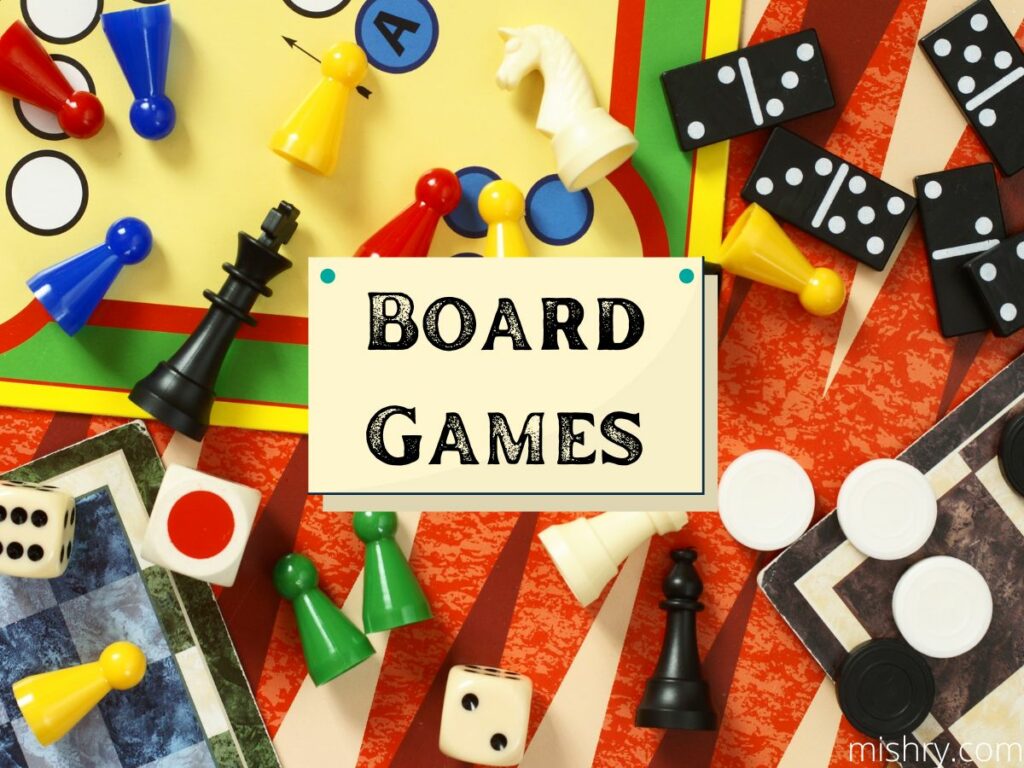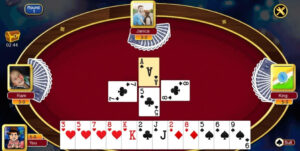Introduction
Board games have been an integral part of human culture for millennia, transcending geographical and cultural boundaries. These games have evolved from simple dice-based activities to sophisticated strategic contests, captivating players of all ages. Despite the advent of digital entertainment, board games continue to thrive, offering unique social experiences, intellectual challenges, and a nostalgic connection to the past. In this article, we will explore the history, evolution, and enduring appeal of board games, shedding light on why they remain an essential aspect of our lives.
The Origins of Board Games
Board games trace their roots back to the earliest civilizations, with archaeological evidence of board gaming dating back thousands of years. The ancient Egyptians played Senet, a game resembling modern-day backgammon, as early as 3500 BCE. In Mesopotamia, the Royal Game of Ur emerged around 2500 BCE, highlighting the cultural significance of board games in these ancient societies.
The Classical and Medieval Periods
During the classical and medieval eras, board games spread across Europe and Asia, serving as a form of leisure for nobility and commoners alike. Chess, with its origins in ancient India, became the epitome of strategic games during this time, symbolizing military prowess and intellectual acumen. Other popular games like Pachisi, precursor to modern-day Ludo, and Mancala, a family of games with seeds and pits, found their way into various cultures.
Renaissance and the Emergence of Modern Board Games
The Renaissance period witnessed a surge in the popularity of board games, especially in Europe. The invention of printing press in the 15th century played a significant role in disseminating knowledge about games across different regions. Many classic games, such as Checkers and Backgammon, gained standardized rules during this era. However, the advent of the Industrial Revolution in the 18th and 19th centuries shifted people’s leisure interests towards other activities.
The 20th Century: Resurgence and Innovation
The 20th century brought a renaissance of board gaming, spurred by advancements in mass production and new game design approaches. Games like Monopoly, originally patented in 1904 as “The Landlord’s Game,” gained massive popularity during the Great Depression. Meanwhile, in Germany, the “Spiel des Jahres” (Game of the Year) award, established in 1979, became a driving force behind the development of innovative, family-friendly games like Settlers of Catan and Carcassonne.
The Digital Age and Board Game Renaissance
With the rise of video games and digital entertainment in the late 20th century, some believed that traditional board games might fade into oblivion. However, the opposite occurred. The digital revolution actually gave board games a new lease on life. Online communities and platforms allowed players from around the world to connect and play board games virtually, leading to a renaissance of interest in physical board games.
The Social Appeal of Board Games
One of the key reasons for the enduring appeal of board games lies in their social nature. Board games bring people together, providing opportunities for face-to-face interaction, camaraderie, and laughter. Whether it’s a family gathering, a casual game night with friends, or a competitive tournament, board games foster strong social bonds and create lasting memories.
- Intellectual Challenges and Strategy
Board games offer players a stimulating intellectual challenge. From abstract strategy games like Go and Chess to resource management games like Ticket to Ride and Agricola, players must employ critical thinking, decision-making, and long-term planning to succeed. These games provide a satisfying mental workout, making them popular among students, professionals, and anyone seeking to sharpen their cognitive skills.
The Therapeutic and Educational Aspects
Board games have therapeutic and educational benefits for both children and adults. They can teach valuable life skills such as patience, communication, teamwork, and problem-solving. In educational settings, board games are increasingly being used as teaching aids to make learning engaging and interactive. Moreover, board games can act as stress relievers, offering a break from the pressures of daily life and promoting relaxation.
The Diversity of Themes and Mechanics
The world of board gaming is incredibly diverse, with games exploring an array of themes and mechanics. From historical simulations to fantasy adventures, from deduction mysteries to party games that induce laughter and hilarity, there is a board game for every taste and preference. This diversity ensures that players can constantly discover new gaming experiences that resonate with their interests.
Board Games in the Digital Age
The digital revolution has not only contributed to the resurgence of physical board games but also given rise to digital adaptations of popular board games. Mobile apps, digital platforms, and online versions of board games have expanded their reach and accessibility, allowing players to enjoy their favorite games on the go and connect with a broader gaming community.
Conclusion
Despite the many changes that have occurred over the centuries, board games have stood the test of time and continue to thrive in the modern era. Their social appeal, intellectual challenges, therapeutic benefits, and diverse range of themes have ensured their enduring popularity. As technology advances, board games are likely to evolve further, but their core essence of bringing people together for enjoyable, interactive experiences will always remain at the heart of their allure. So, whether you’re a seasoned board game enthusiast or a curious newcomer, there has never been a better time to embark on this timeless journey of play, laughter, and human connection through the world of board games.










More Stories